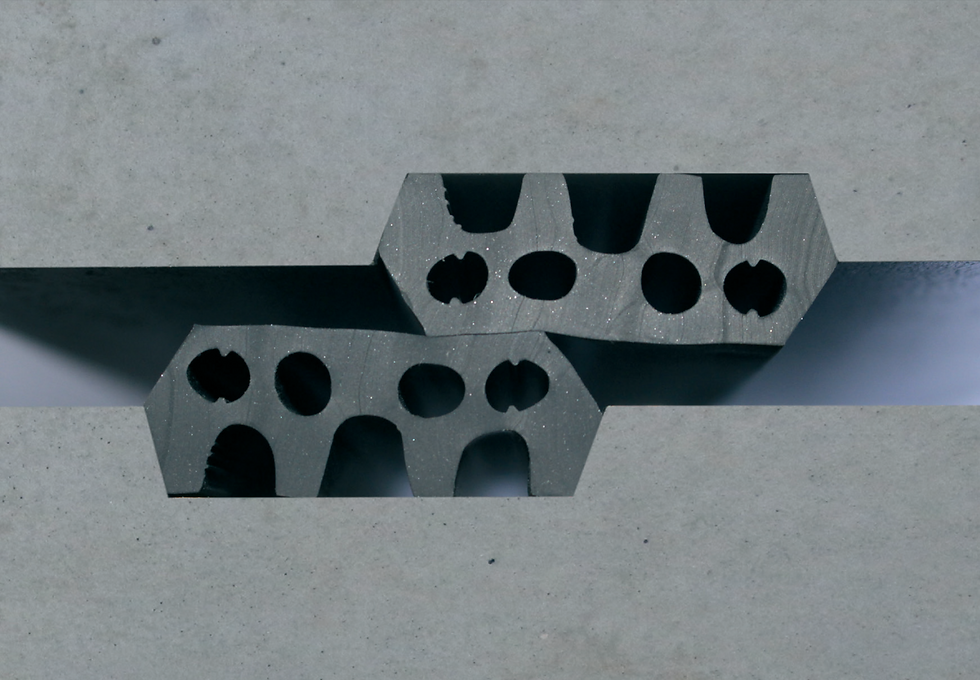How high density slurry help mitigate tunnelling risks
- Si Shen

- May 25, 2024
- 2 min read
Why slurry can support tunnel face?
The reason why slurry can be used as an effective medium of face support, is because of the ‘filter cake’ effect. Slurry is a fluid mixture between water small particles. Upon entering the soil, the small particles penetrates into the pore space between soil particles, gradually stacking up and eventually blocking the pore space. Once most of the pore spaces are blocked, a virtually waterproof barrier is formed in the form of a screen. This is called the ‘filter cake’. Pressure can be applied to this filter cake by the TBM thrust, to balance the face pressure.
How far the slurry penetrates into the ground before the filter cake is formed depends on the size of the pore space, in other words the size of the soil particles – obviously the larger the space/particles, the harder it is to block it up, and the slurry has to travel deeper before blockage happens. It also depends on how thick (viscous) the slurry is, which depends on how many small particles are contained within the slurry. The way to control this is by a KPI called the ‘yield point’ which is expressed by way of shear capacity. Pure water has a shear capacity of zero, and the more small particles the slurry contains, the thicker the slurry is, the higher the density of the slurry is, and the higher the ‘yield point’ is for a slurry. The KPI is maintained throughout the tunnelling process.
How high density slurry helps?
With the development of TBM technology, a recent new invention of ‘variable density’ TBM has a high density slurry mode. High density slurry has a few advantages.
Firstly, it has high viscosity (yield point) so it is more efficient to use in ground with high permeability or minor karst features, without losing too much slurry – normal density slurry could flow deep into these high permeability grounds.
Secondly, the hydraulic pressure gradient of high density slurry is higher, so in order to balance the same face pressure, the pressure at the crown of the tunnel is lower, and this reduces the risk of heave and face blow-out
Thirdly, the hydraulic head of the balancing pressure is lower, and this can mitigate the risk of slurry infiltration to the ground surface, especially for large tunnel with low cover.
For the above reasons, high density slurry can be reserved as a mitigation measure to a few hazardous scenarios including high permeability ground and low cover tunnelling.





Comments